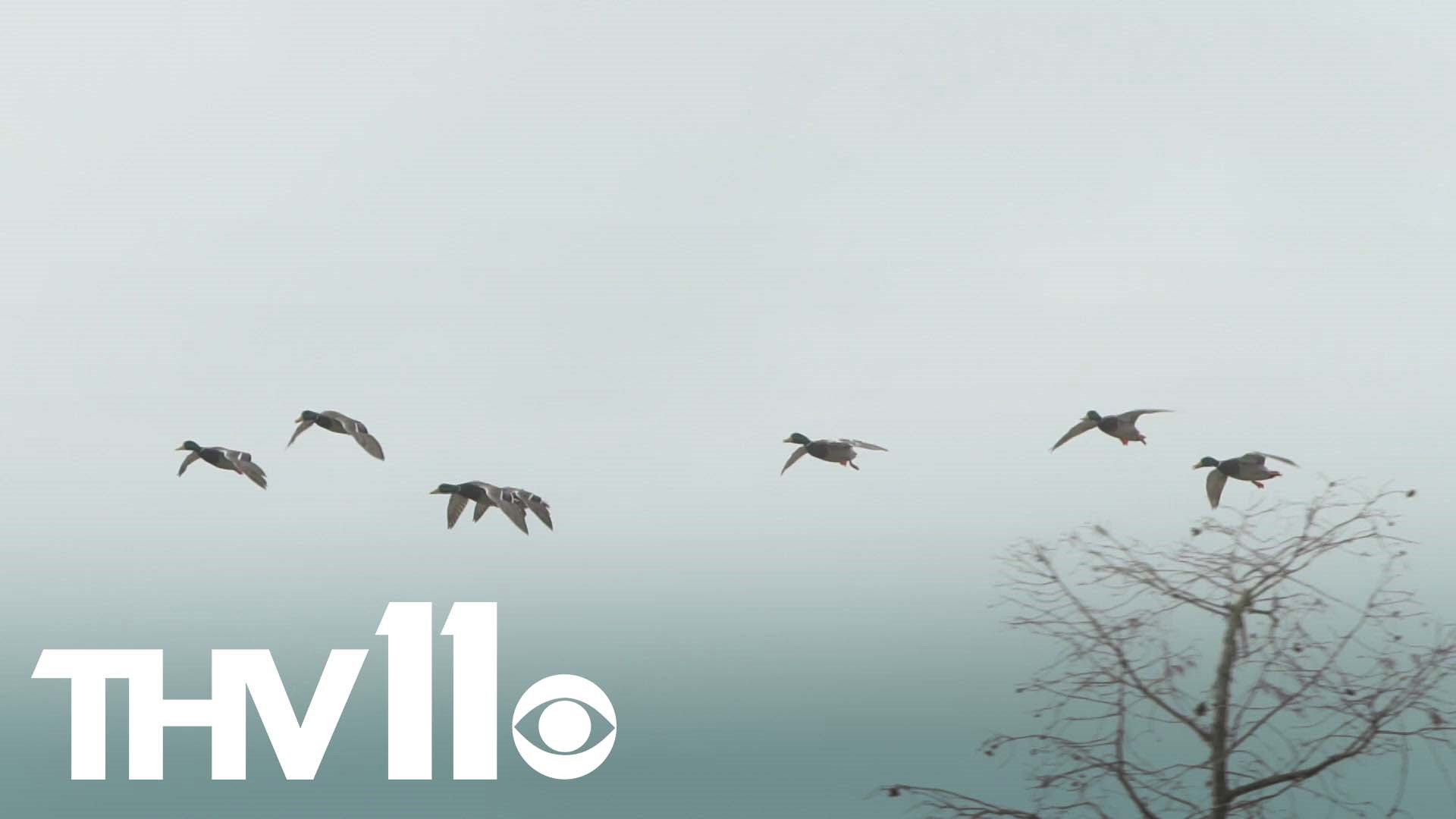LITTLE ROCK, Arkansas — New duck population estimates recently released by the U.S. Fish and Wildlife Service and its Canadian counterparts have left many duck hunters surprised.
The annual survey of breeding populations of ducks and their habitat, commonly referred to as the BPOP survey, is conducted annually to assess the health of duck populations. The data is also utilized to establish frameworks for future duck seasons.
This year's survey estimates a total duck population of around 32 million. This is down 7% from the year prior, and 9% compared to the long-term average.
Most concerning is the decline in the treasured mallard population. The iconic greenhead is down 18% compared to last year and 23% compared to the long-term average.
In addition to population estimates, the survey also analyzed duck habitat. It found a 9% decline in the pond habitat that ducks utilize for nesting compared to 2022.
These numbers came as a surprise to waterfowl scientists and duck hunters alike. While this news was discouraging to waterfowl enthusiasts, experts at Delta Waterfowl suggested that more context is needed.
Habitat conditions did improve after these surveys were conducted which likely results in higher survival rates for this year's hatch. While there may have been fewer breeding pairs, those birds that were born likely faired better.
“The numbers on the breeding population did take a bit of a hit this year, but that's not a huge reason for concern,” explained Delta Waterfowl biologist Mike Buxton. “Our production this year should have been fantastic, especially in certain areas. I think things are really shaping up for a good season this year up and down the flyways and I'm pretty excited about it.”
It’s not all bad news, though. Last year's pintail numbers were the lowest since the survey began, while this year the species saw a 2% increase.
The first split of this year’s duck season in Arkansas begins November 18.

